Optimal Timing for Wood Cladding Installation
Timing for wood cladding installations can significantly impact the quality and durability of the project. Weather conditions, temperature, and humidity levels are critical factors influencing the installation process and the longevity of the cladding. Proper planning ensures the materials are installed in optimal conditions, reducing the risk of warping, swelling, or other damage.
Spring and early fall often provide the most favorable weather conditions for wood cladding installation, with moderate temperatures and lower humidity levels.
Installing during periods of heavy rain, snow, or extreme heat can compromise the wood's integrity and the installation quality.
Temperatures between 10°C and 25°C (50°F to 77°F) are generally optimal for installation, ensuring proper adhesion and expansion control.
Low to moderate humidity levels help prevent wood from swelling or shrinking after installation, maintaining aesthetic and structural integrity.
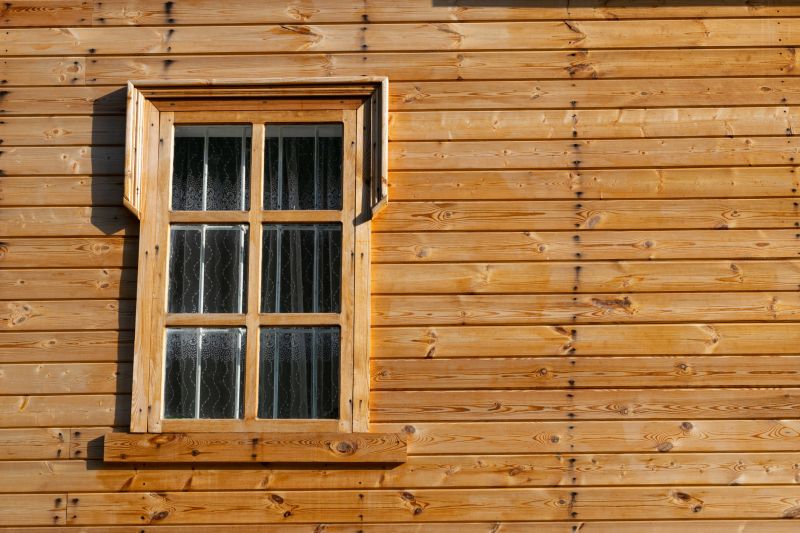
Ways to make Wood Cladding Installations work in tight or awkward layouts.
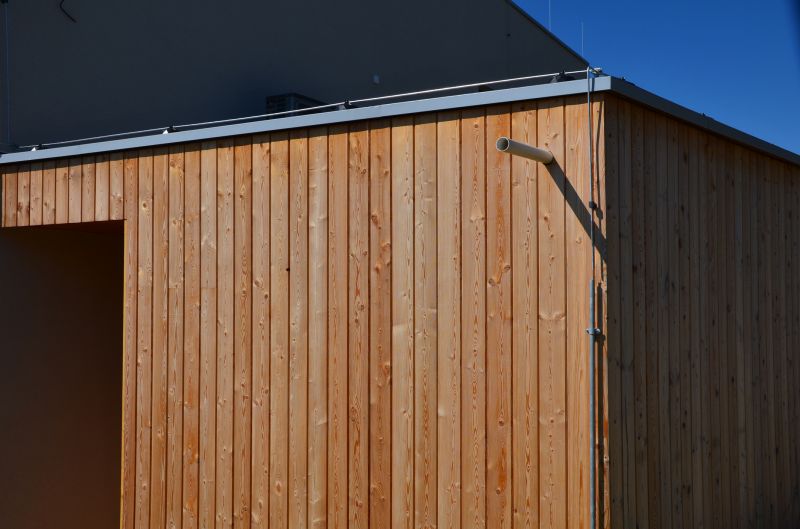
Popular materials for Wood Cladding Installations and why they hold up over time.
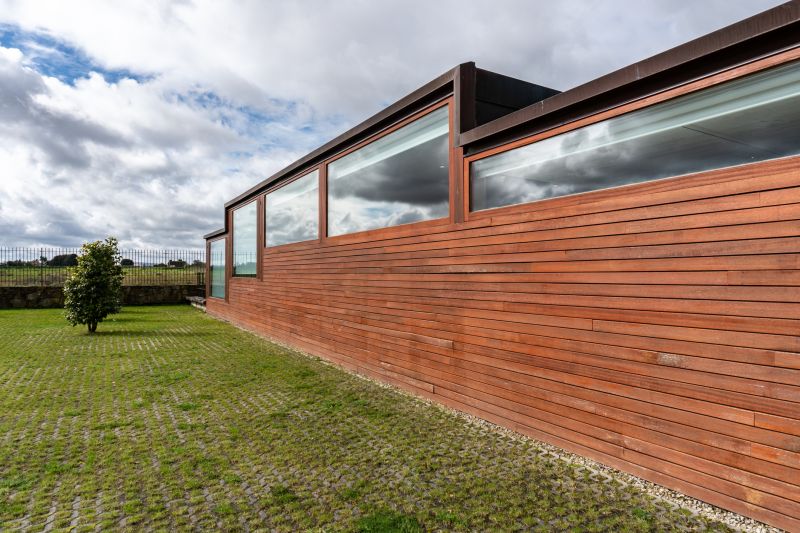
Simple add-ons that improve Wood Cladding Installations without blowing the budget.
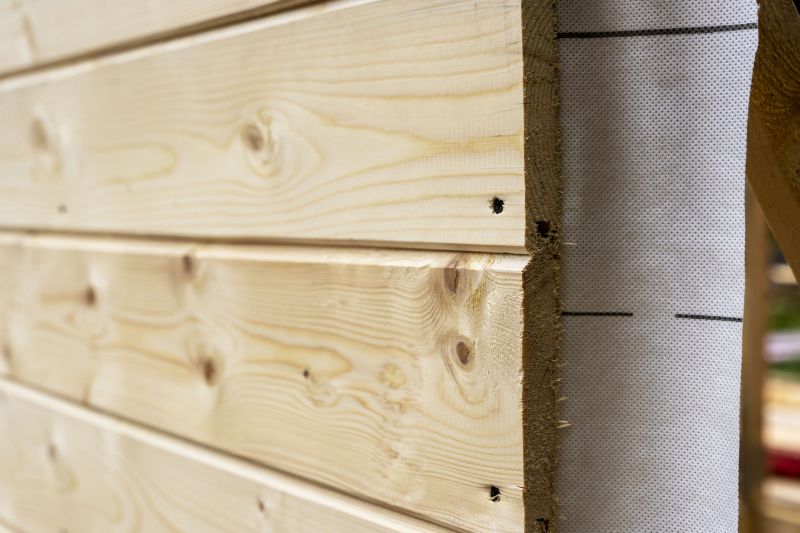
High-end options that actually feel worth it for Wood Cladding Installations.
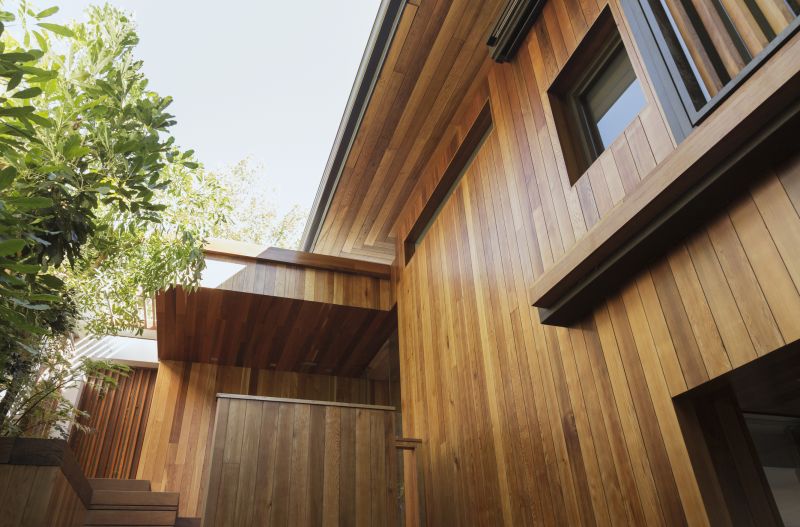
Finishes and colors that play nicely with Wood Cladding Installations.
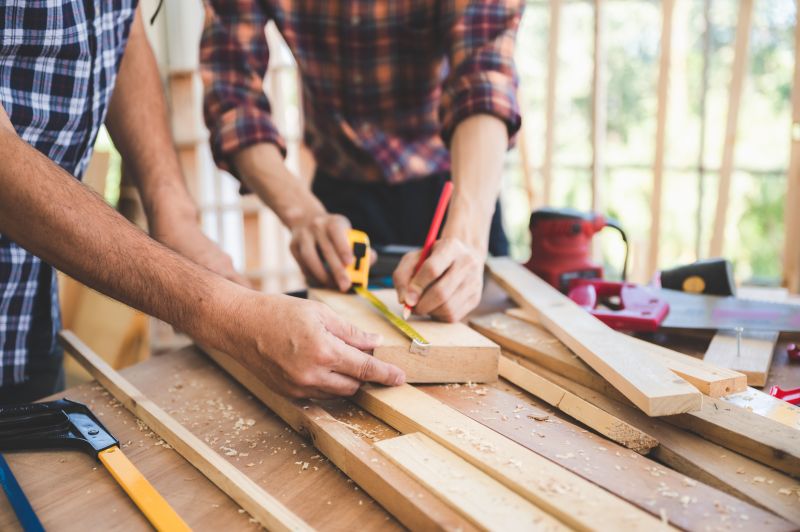
Little measurements that prevent headaches on Wood Cladding Installations day.
Wood cladding is a popular exterior and interior finish that offers aesthetic appeal and durability when properly installed. The timing of installation plays a crucial role in preventing issues such as warping, cracking, or premature deterioration. Properly scheduled installations during suitable weather conditions help maintain the wood's natural properties and ensure a long-lasting finish.
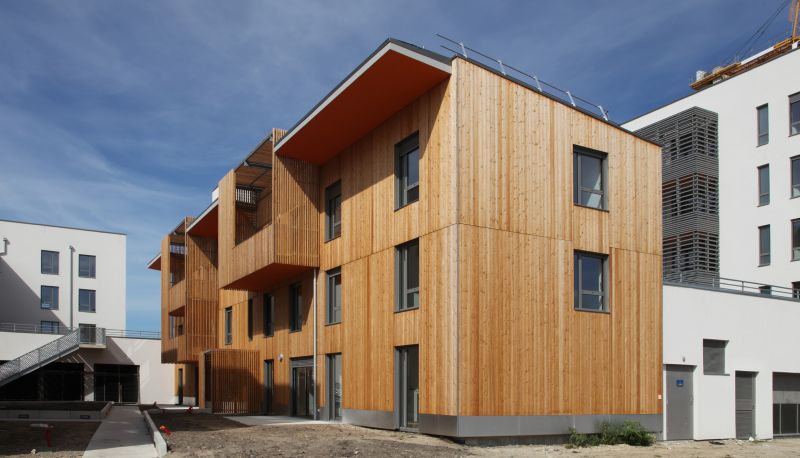
A 60-second routine that keeps Wood Cladding Installations looking new.

A frequent mistake in Wood Cladding Installations and how to dodge it.

Small tweaks to make Wood Cladding Installations safer and easier to use.
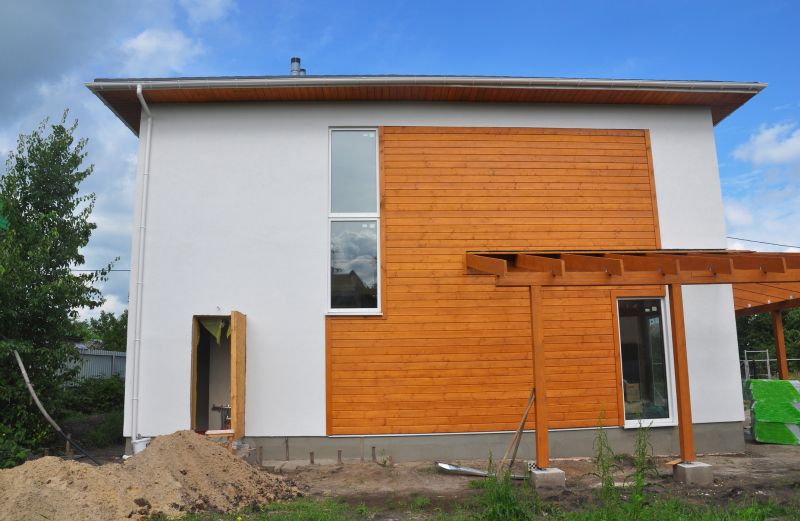
Lower-waste or water-saving choices for Wood Cladding Installations.
| Season | Recommended Conditions |
|---|---|
| Spring | Moderate temperatures, low humidity, dry weather |
| Summer | Warm temperatures, dry conditions, avoid peak heat |
| Fall | Cooler temperatures, low humidity, stable weather |
| Winter | Not recommended due to cold, wet, and unpredictable weather |
Choosing the right time for wood cladding installation enhances durability and appearance. Proper scheduling ensures that the wood adapts well to environmental conditions, reducing the likelihood of future repairs and maintaining aesthetic appeal over time.
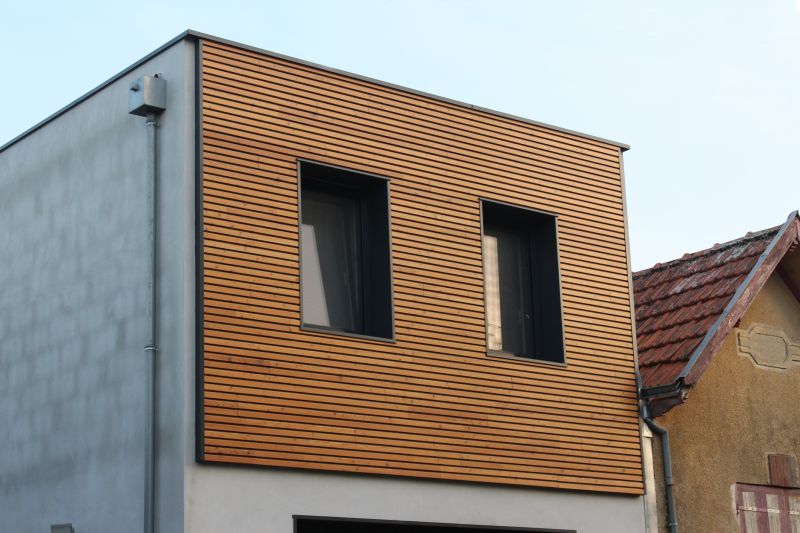
The short, realistic tool list for quality Wood Cladding Installations.
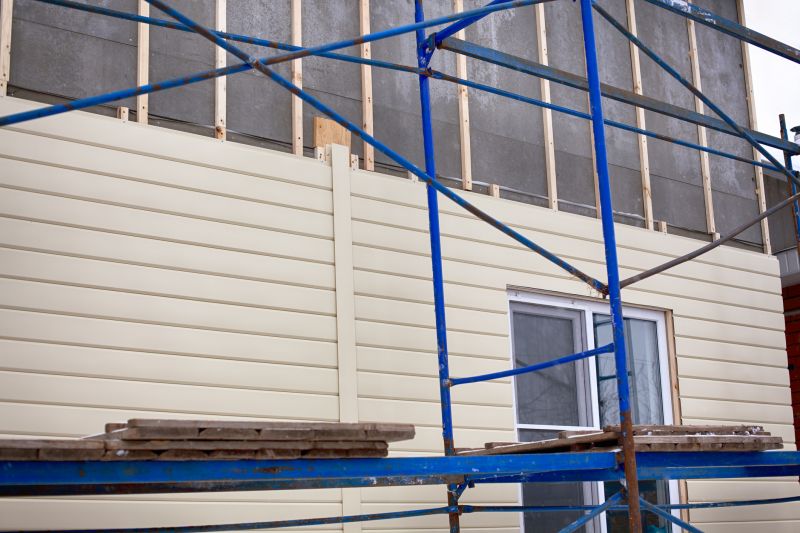
Rough timing from prep to clean-up for Wood Cladding Installations.
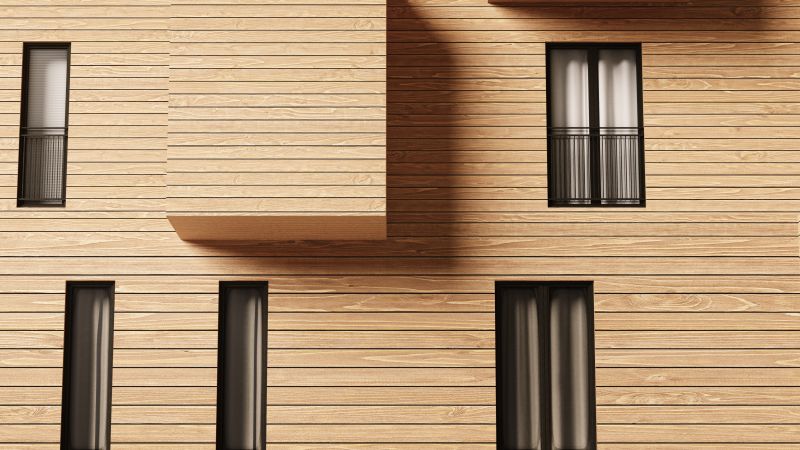
Quick checks and paperwork to keep after Wood Cladding Installations.
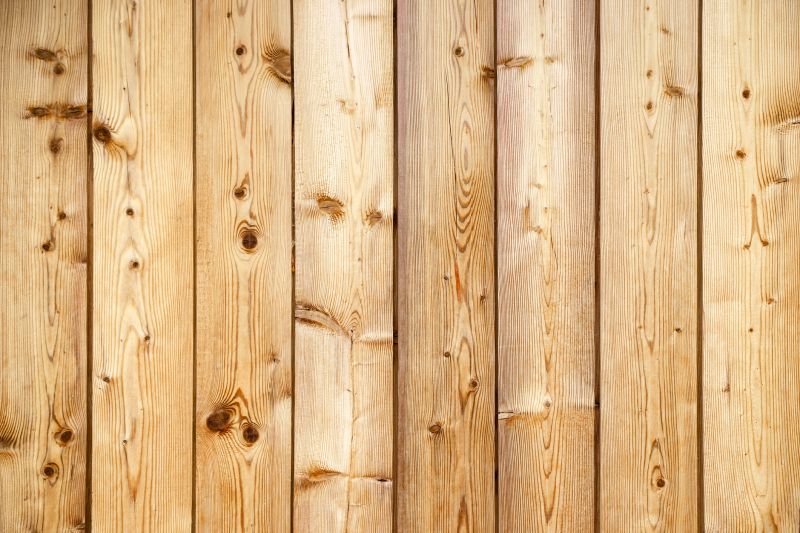
Examples that show the impact a good Wood Cladding Installations can make.
Interested in wood cladding installations? Filling out the contact form can provide additional information and assistance for scheduling and planning projects tailored to specific needs and conditions.
